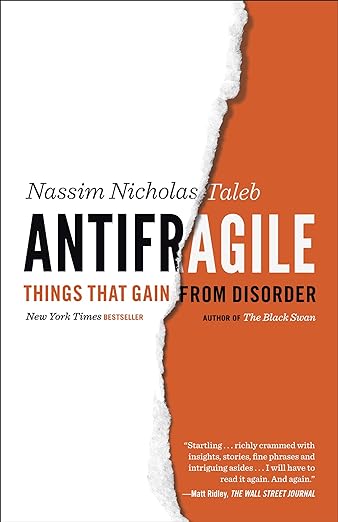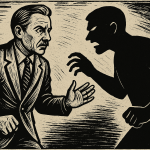The Lindy Effect is a theory that says that the longer something has been around, then the longer it will be around.
Or more accurately, “the future life expectancy of some non-perishable things, like a technology or an idea, is proportional to their current age” (source, Wikipedia).
I, like many others, first came across this idea from reading Nassim Nicholas Taleb’s book, “Antifragile: Things That Gain from Disorder”. In his book Taleb investigates why some things thrive, and sometimes even need chaos to survive.
Since time is equivalent to disorder, Taleb says that non-perishable things that survive the test of time tend to continue to survive for roughly equally the amount of time that they have already survived.
So if an idea has been around for 40 years, then it is likely to survive another 40. But if it survives another ten years, then it is likely to survive another 50. And on and on.
What Are Some Examples of the Lindy Effect?
One example that is used to explain the Lindy Effect is the use of money as a currency of exchange, which replaced the barter system.
Money as a currency of exchange has been around for thousands of years. When you engage in business with someone you can be confident that the money they use to pay you, or vice versa, will still hold value for a long time to come (disregarding inflation or economic downturns which can lower the value of money, but does not complete eradicate the idea of money as a currency of exchange).
The same concept can be applied to books. Books that have been in print for many years tend to stay in print longer.
But this leads us to another concept behind the Lindy Effect. Not only do things tend to stay around longer if they’ve already been in existence for a long time, but those things that “stand the test of time” tend to have more lasting value, and that value tends to be more concrete.
In the case of books for example, many of the old classics (stoic texts, great fiction, great poetry) tend to convey messages that speak more to the truth of the human experience than newer books.
That’s not to say that there isn’t room for experiments and innovations. Just because you can learn a lot about life from books that have been around for a long time doesn’t mean that a new author isn’t going to be able to describe things in a way that will reach people profoundly, and perhaps become one of the “new classics” that will ultimately stand the test of time.
How Can I Apply the Lindy Effect in My Life?
I like to distill big ideas into simple, bite size concepts that can be applied to life without having to get far into the weeds of technical jargon.
When I read about the Lindy Effect I wondered if there were examples in my life that could be considered Lindy. A few came to mind.
- Choosing what to read
- We covered this above, when discussing how some books could be considered Lindy. There are somewhere between 500,000 and 4 million books published each year (if you count self-published authors), and there is limited time in this life. Choosing what to read so that you can know that you’re going to be reading something worthwhile can be difficult. If you apply the Lindy Effect you can be reasonably assured that what you choose to read will be worth it.
- Choosing what to eat
- We all know that there are new diets being preached on the internet all the time. Carnivore, Keto, Veganism, Vegetarianism, the food pyramid, it goes on and on. But I think back to what my grandparents would feed us, and it was always some variation of meat, starch and vegetable. As I’ve experimented with diets I’ve landed on some version of that. And because of that my energy levels are better, my stomach feels better, and my workouts are better.
- Choosing how to exercise
- Similar to diets, there are fad workout routines being promoted all over the internet. But fitness can be simple and effective by benefitting from being Lindy. Push-ups, bodyweight squats, lunges, isometrics, jogging, these are all great ways to get into and stay in shape, and have been around for a long time. Sure, if you’re a competitive bodybuilder or competitive strong man then you’ll need specialized routines. But for the vast majority of us just looking to be strong, fit and stave off aging for a while, the Lindy workouts work just fine.
- Choosing how to relate to others
- Learning how to “be” in the world is part of all of our jobs. We need to develop the skills of relating to others as we mature in this life. And there a lot of people working to influence our behavior, pop psychologists, internet influencers, peers, parents, religious and political figures, and more. So who do you choose to listen to? Here again we can apply the Lindy Effect. What ideologies have stood the test of time? What schools of thought promote the most virtuous way of living? There seems to be something to gain about understanding this life and “truth” from schools of thought that have been around for hundreds or even thousands of years.
Conclusion
The Lindy Effect is a powerful concept that can help us to cut throw the noise of society and determine where we should focus our time and energy. Taleb discusses this to great effect in his book “Antifragile: Things That Gain from Disorder”, and it’s well worth a read. It’s important to go beyond the theoretical and apply the principles of the Lindy Effect to your life. In doing so you’ll gain the peace of mind of knowing that the things that you are giving your attention to are worthwhile endeavors.







Comments by The Dapper Savage